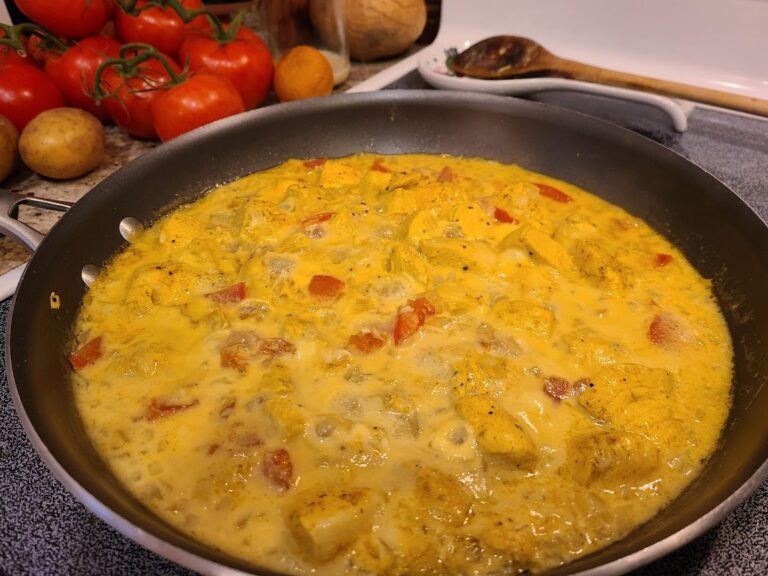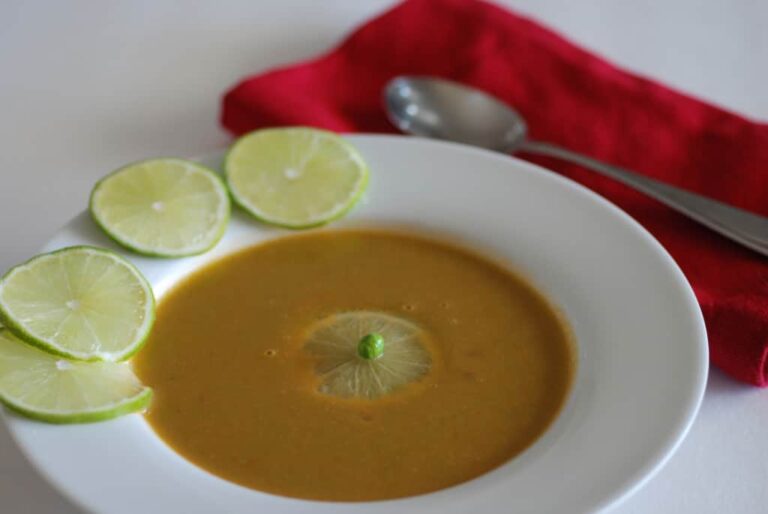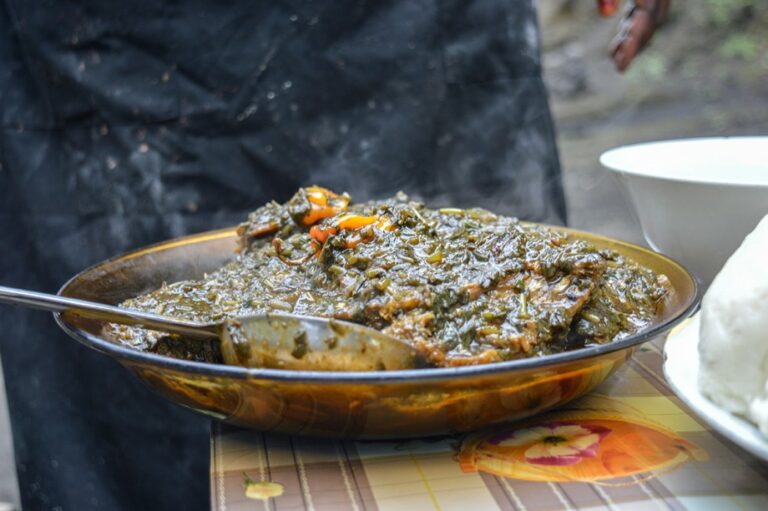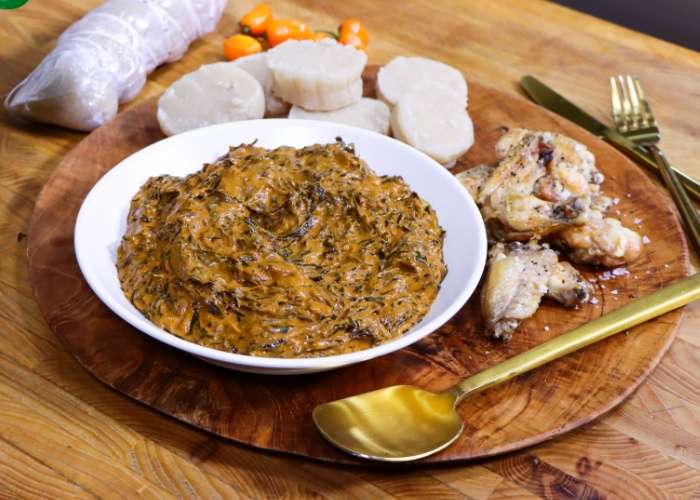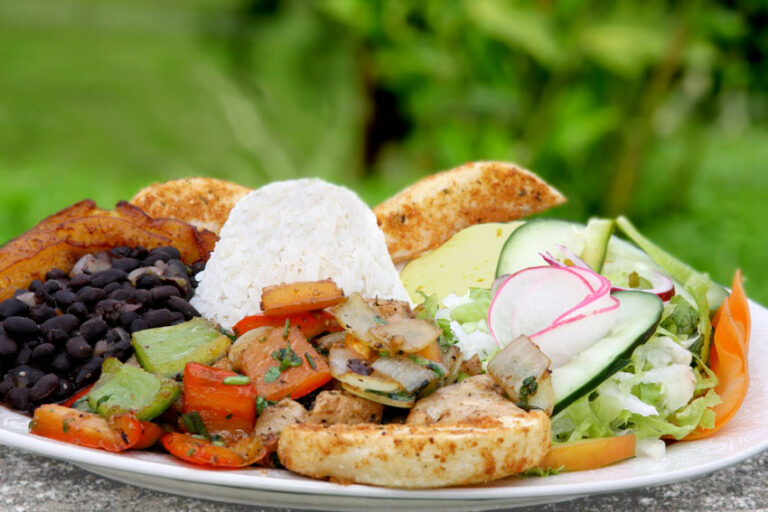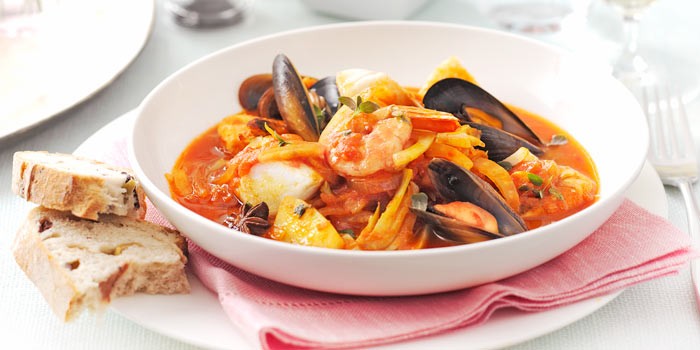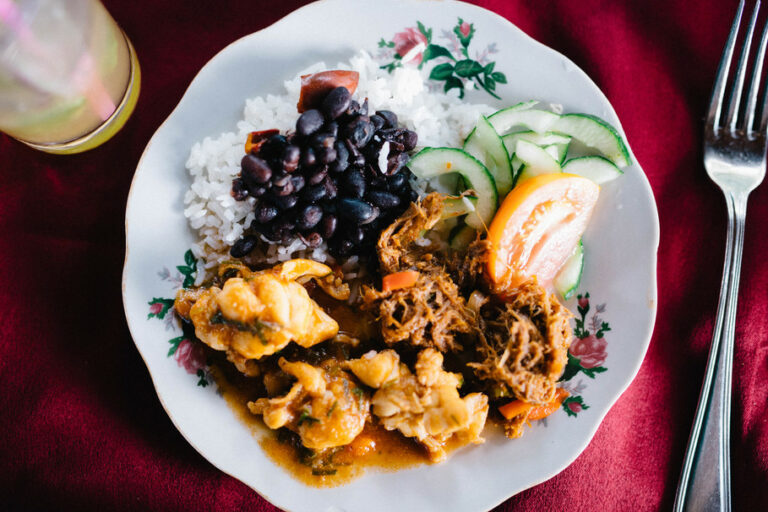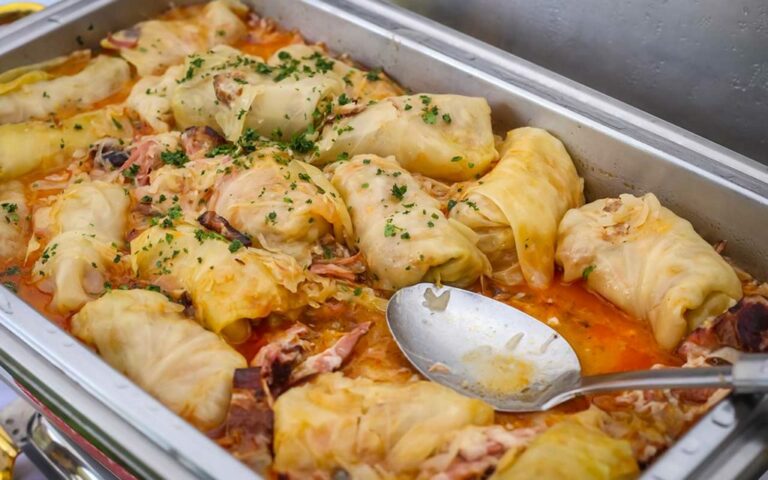Introduction: Comorian Cuisine
Comorian cuisine is a blend of African, Arab, and French influences, reflecting the country’s history of trade and colonization. The cuisine is known for its bold flavors and aromatic spices, making it a favorite among food enthusiasts. Comorian dishes are often centered around rice, seafood, and vegetables. The cuisine is popular in the Comoros Islands, located in the Indian Ocean off the coast of East Africa.
The Role of Condiments and Spices
Condiments and spices are an essential part of Comorian cuisine. They add depth, flavor, and complexity to dishes. Comorian cooks use a variety of condiments and spices to achieve the desired taste and aroma, often creating unique blends that are specific to their region or family. Condiments and spices can also be used to preserve food, making them an important part of Comorian food culture.
Basic Comorian Condiments
The most common condiments used in Comorian cuisine are chili pepper, garlic, ginger, and onion. These ingredients are used in many dishes and are often combined with other spices to create a unique flavor profile. Coconut milk and coconut oil are also commonly used as condiments in Comorian cuisine, adding a creamy texture and a hint of sweetness.
Essential Comorian Spices
Comorian cuisine uses a range of spices, including cardamom, cinnamon, cumin, coriander, and turmeric. These spices are used to add depth and complexity to dishes and are often toasted and ground before being added to a recipe. Black pepper is also commonly used in Comorian cuisine, adding a spicy kick to meats and vegetables.
Special Condiments for Specific Dishes
Some Comorian dishes require special condiments to achieve the desired taste. For example, in Mataba, a dish made with banana leaves, cassava leaves, and coconut milk, grated coconut is used to add texture and flavor. In Langouste a la Vanille, a dish made with lobster and vanilla, vanilla pods are used to infuse the dish with a sweet aroma.
Substitutes for Hard-to-Find Condiments
While some Comorian condiments and spices may be hard to find outside of the Comoros Islands, there are substitutes that can be used. For example, if fresh chili peppers are not available, dried chili flakes or hot sauce can be used instead. If ginger is not available, galangal or turmeric can be used as a substitute.
Factors to Consider When Using Spices
When using spices in Comorian cuisine, it’s important to consider the intensity of the flavor and the amount of heat. Some spices, like cardamom and cinnamon, can be overpowering if used in large quantities, while others, like chili pepper, can quickly make a dish too spicy. It’s important to taste as you go and adjust the seasoning accordingly.
Conclusion: Enhancing Your Comorian Dishes
Condiments and spices are an essential part of Comorian cuisine, adding depth and complexity to dishes. Whether you’re cooking a traditional Comorian recipe or experimenting with your own blend of spices, there are many options to choose from. By understanding the role of condiments and spices in Comorian cuisine and considering factors like intensity and heat, you can perfect the flavor of your Comorian dishes and impress your guests with your culinary skills.

